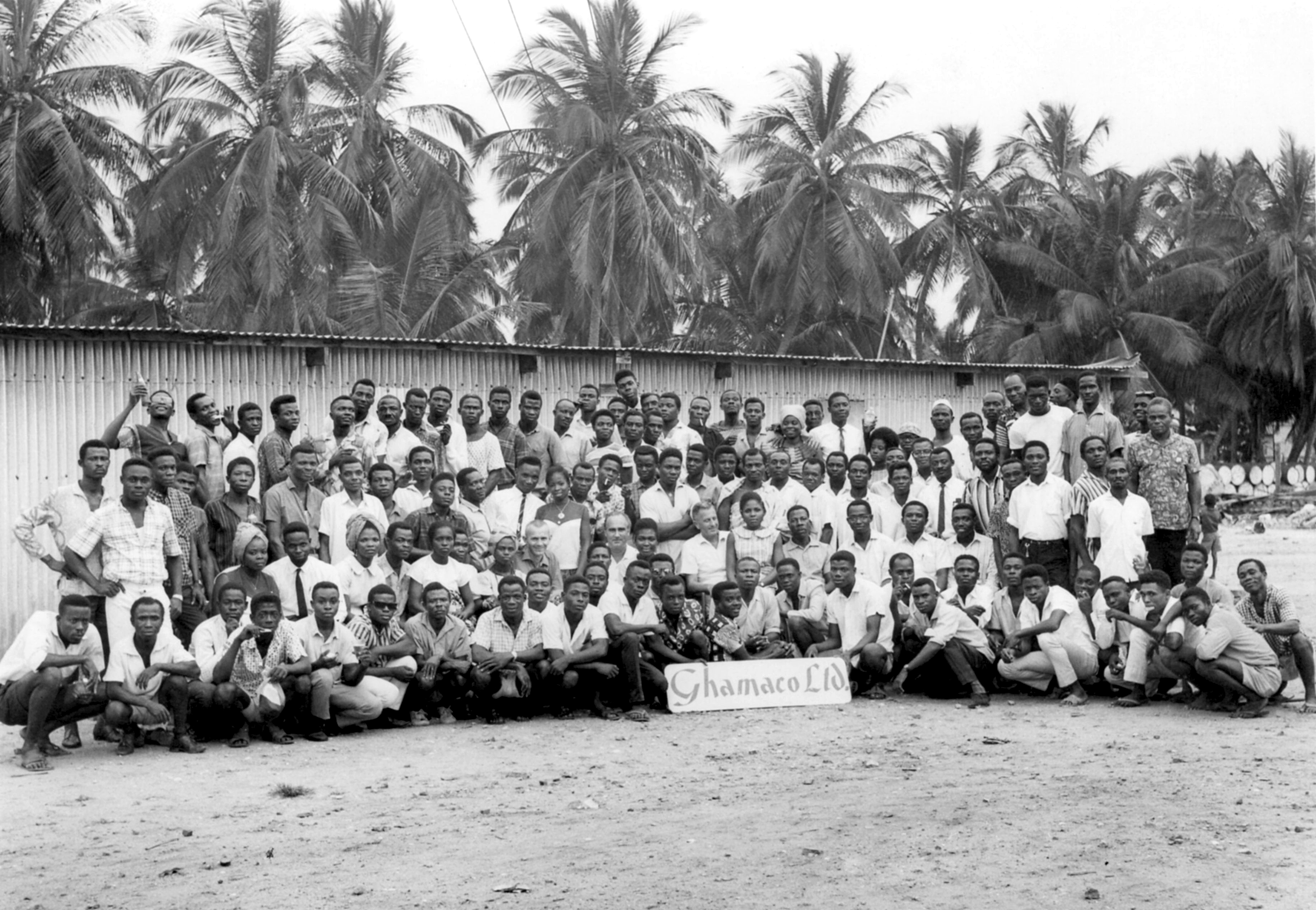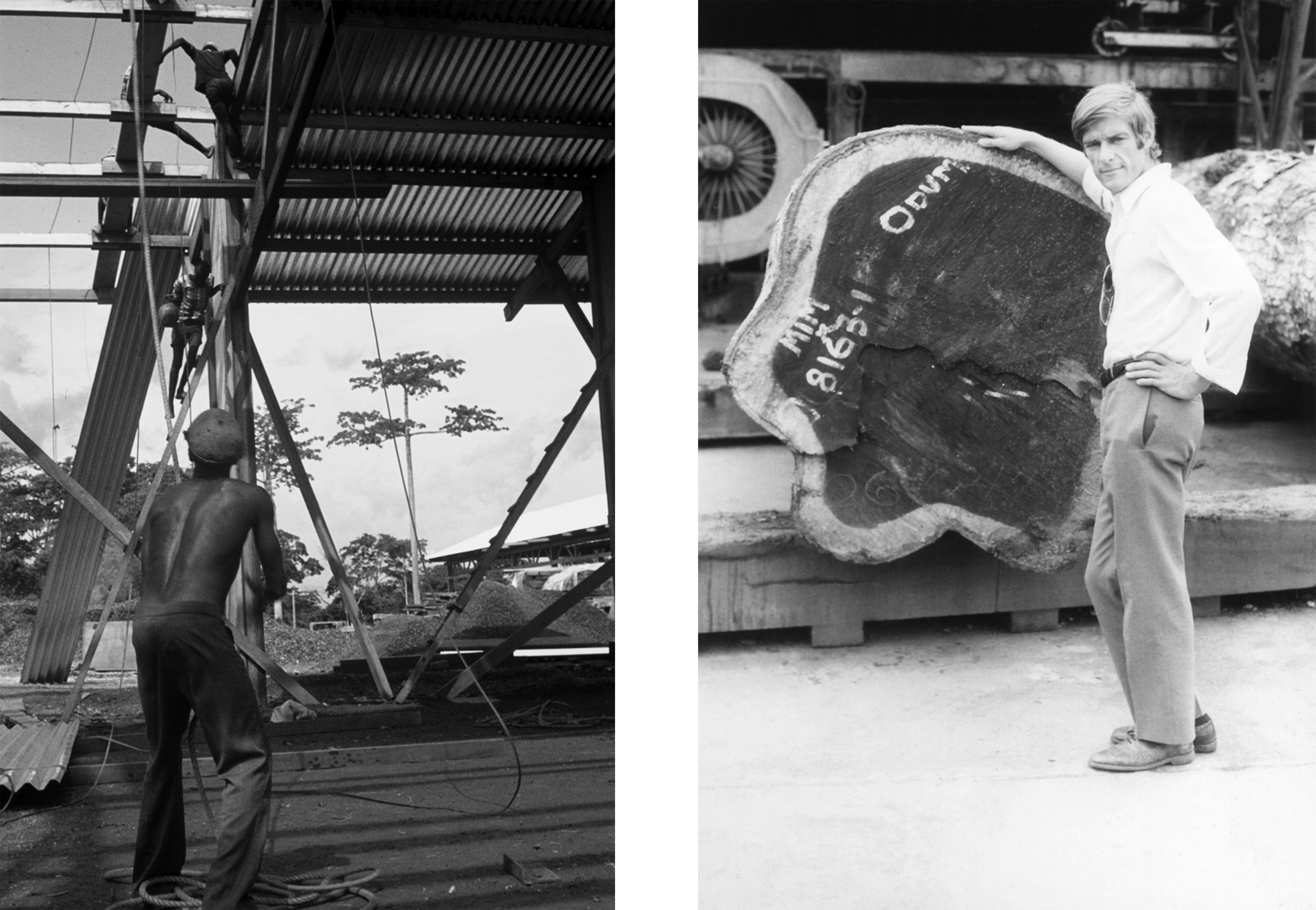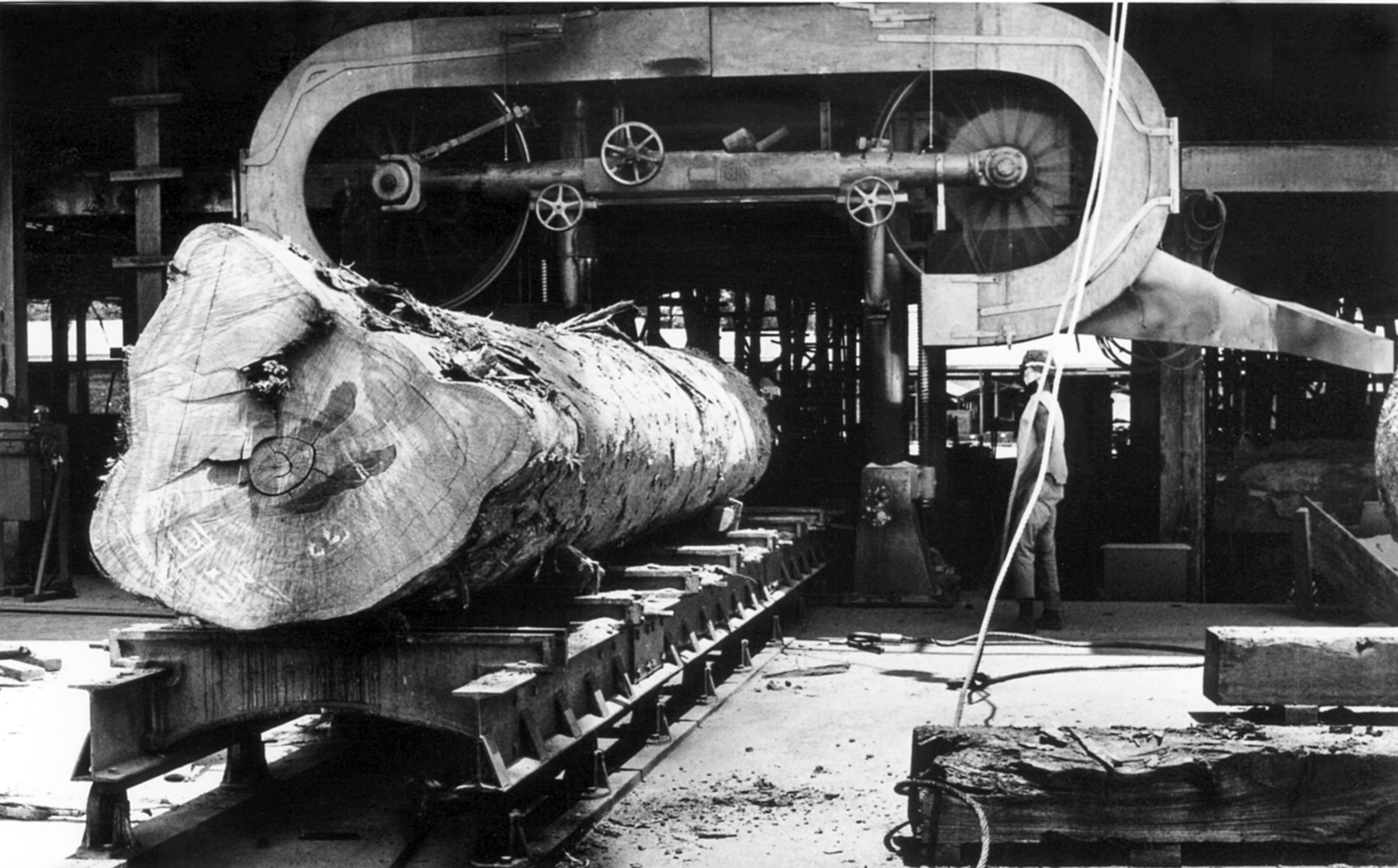The story of Gloster Furniture begins with the decision of our founder, Paul Wallevik, to leave his native Denmark to settle in the West African country of Ghana in 1957. A born entrepreneur, Paul shared the optimism of many Ghanaians of the time; having just gained independence from its colonial past, the mood in the burgeoning country was one of great promise and optimism. Despite settling in the area with the original goal of selling Tuborg beer, Paul quickly diversified his business interests to include a newly discovered passion: furniture production. Even as political instability and economic volatility became the norm in the young country, Paul was able to rely on Ghana’s plentiful natural timber resources to aid in growing his factory to become the largest furniture producer in West Africa. In short order, Paul’s furniture production facility gained a reputation for high design and luxury, working with renown designers such as Arne Jacobsen and supplying components and finished furniture to many of the top indoor brands in Europe. Tremendous successes notwithstanding, by the late 1970’s continued political turmoil had made the situation in Ghana untenable, and Paul was forced to take his factory out of the country for good. However, his passion for high-end furniture endured, and soon after Paul was eyeing the next locale that his growing business would soon call home.

Paul Wallevik (middle) and his Ghanaian team.
The Gloster brand was born in the UK in 1982, with a modest manufacturing facility and warehouse based in the city of Bristol. At the same time Gloster was becoming an established brand, Paul was making a new home for his business in Singapore. In the late 1980’s, Paul asked his friend and colleague, fellow Dane Villy Nielsen to explore opportunities for building a factory in Indonesia. Ever the entrepreneur, Paul foresaw the growing potential for the luxury outdoor furniture market, recognized the relatively untapped value of Indonesian teak forests, and wanted to be one of the first to connect the lucrative dots. Soon after Nielsen’s visit to Indonesia, ground was broken on the new factory (named Kingfurn) in 1987, which started out producing indoor furniture components and quickly grew into subcontracting for the outdoor furniture market. At the same point in time, the Indonesian government was undergoing a transition away from a period of trade liberalization borne from an oil boom. However, when the Indonesian oil market went into decline, the government became more involved in the non-oil sectors of the economy, implementing new policies that required factories to add value to raw materials prior to export—meaning that unfinished teak timber could no longer be exported to be processed elsewhere.

Construction begins on the Kingfurn factory (left); A harvested teak log sits ready to be processed (right).
The message from the Indonesian government to businesses was clear: if success was to be had, companies needed to commit to being an equitable partner to the local economies and communities. After experiencing firsthand the hardships that came with community instability and the benefits that could be had from investing in one during his years in Ghana, it was a commitment that Paul was more than enthusiastic to make. With a brand-new factory, a stable supply of world-class teak, and a community ripe for investment, the stage was set for something truly special. The final piece of the puzzle fell into place when Paul realized that Kingfurn needed a more diverse base of customers to secure its long-term future. Given the choice between starting a brand from scratch or purchasing an existing outdoor teak furniture company, Paul began his search for a suitable brand and quickly identified Gloster as an ideal partner. In April 1992, a deal was struck and Gloster’s operations were transferred to the Kingfurn factory. With a fully realized business operation and renewed commitment to environmental and community equity now paired a furniture brand quickly coming to be regarded as one of the world’s finest, the foundation had been laid for a meteoric rise.

By 1992, the Kingfurn factory was a fully realized operation.
To learn about the next stage in Gloster Furniture’s decorated history, be sure to catch up with us on our second 2021 Quarterly Newsletter arriving in April 2021.